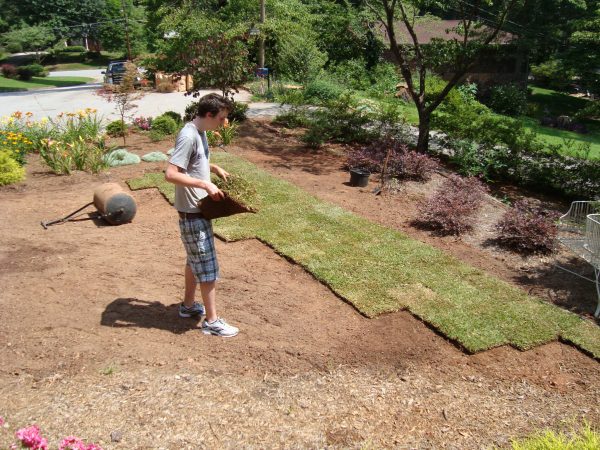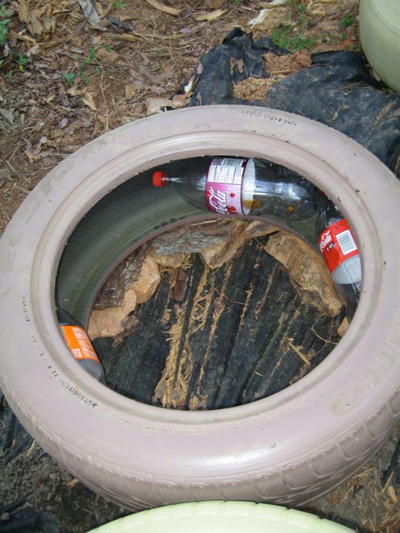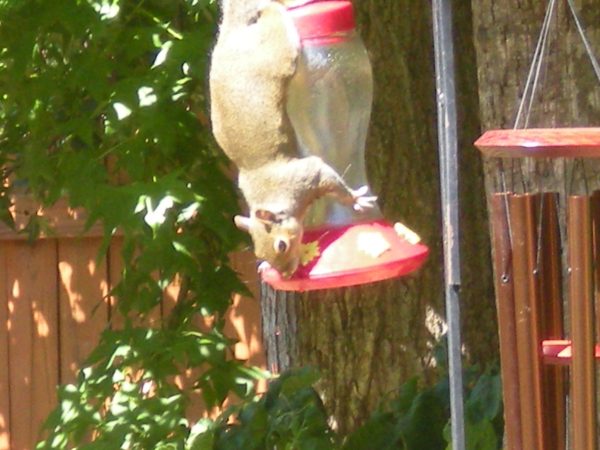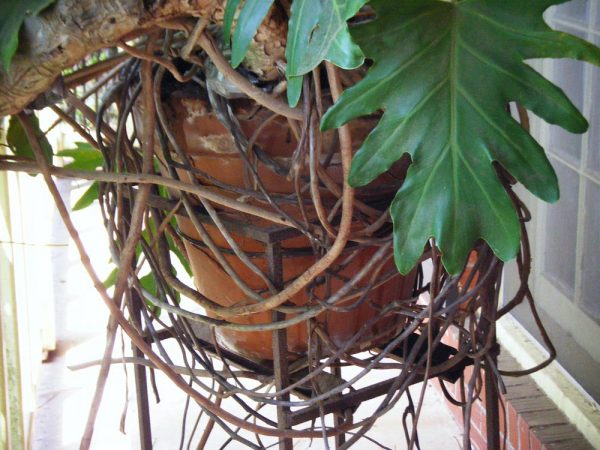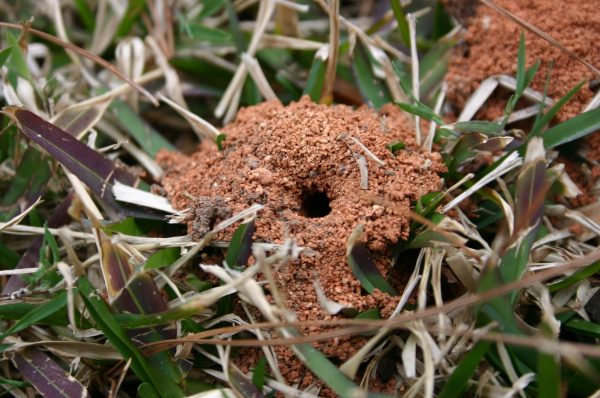Centipede – Dethatching
Thatch is a layer of partially decomposed plant material that builds up on the soil’s surface. Usually, more than one half inch of thatch on general turf areas decreases the turf vigor by restricting movement of air, water and fertilizers into the soil. Excessive thatch also restricts root development and provides a suitable environment for insect and disease problems. Thatch can be removed by a vertical mower or by other means of dethatching such as a power rake. Vertical mowing helps keep turf healthy by removing the vegetation from the thatch layer. This dead vegetation is lifted to the surface by the blades of the vertical mower. Vertical mowing can be done in the early spring on warm season grasses just before green up occurs, or when the grass is growing rapidly yet not so hot that the water requirements are high. In general, Fescue lawns need to be dethatched rarely. Care must be taken not to remove too much of the centipedegrass lawn because they do not have underground runners. Dethatching equipment can be rented from local nurseries or rental companies. Remember to fertilize after dethatching because the turfgrass has been damaged and needs the stimulation to recover.
Q: My husband bought a dethatching blade for our lawnmower. How should it be used on a centipedegrass lawn?
A: In the first place, do you have a thatch problem? Thatch is a layer of undecomposed stems and clippings on which a turfgrass is growing. Thatch is bad because the grass is more susceptible to drought and cold damage. centipedegrass lawns don’t usually have a thatch problem unless they were over-fertilized and were mowed infrequently in the past. Before you dethatch, go out and examine your lawn grass. Is the grass growing on the soil or on a layer of thatch? If the thatch is less than ½ inch thick, you should not dethatch. A more practical reason is that dethatching is done only when the grass is vigorously growing in June.



